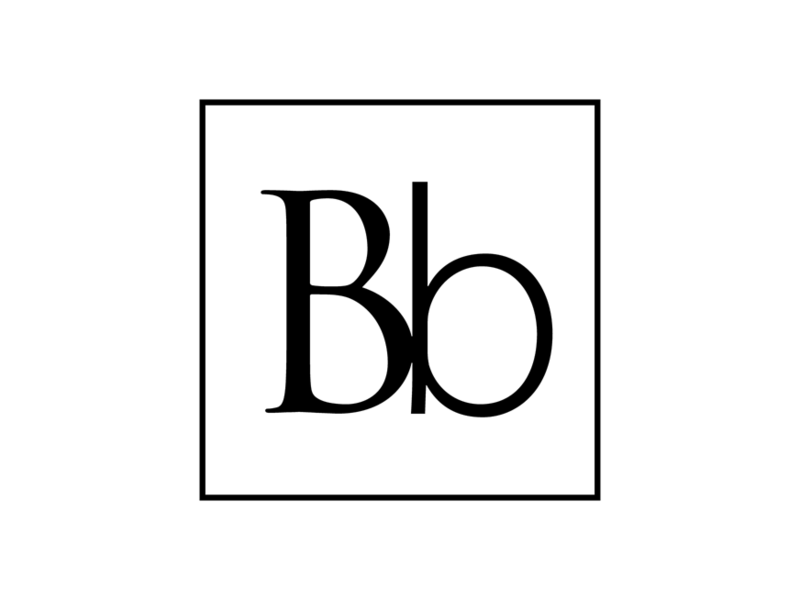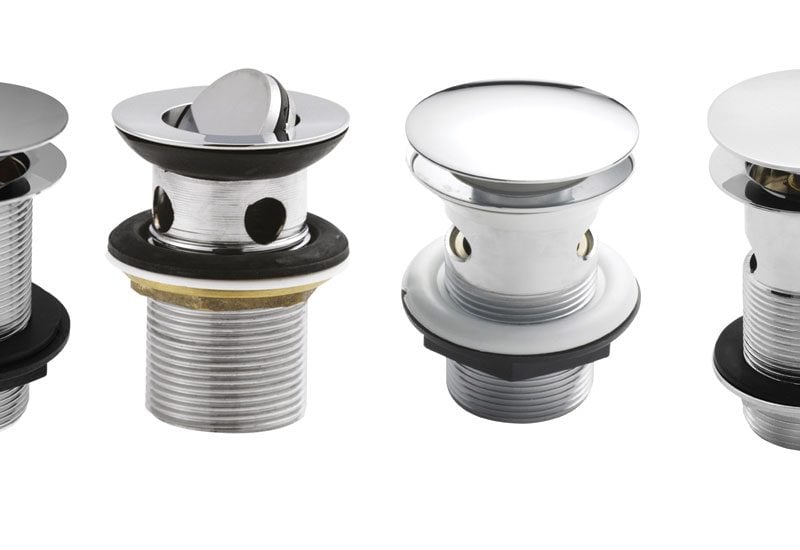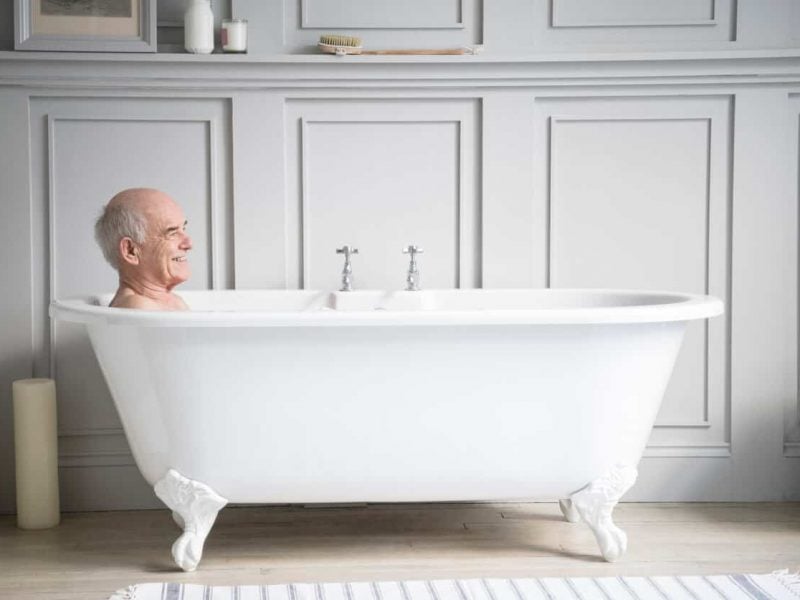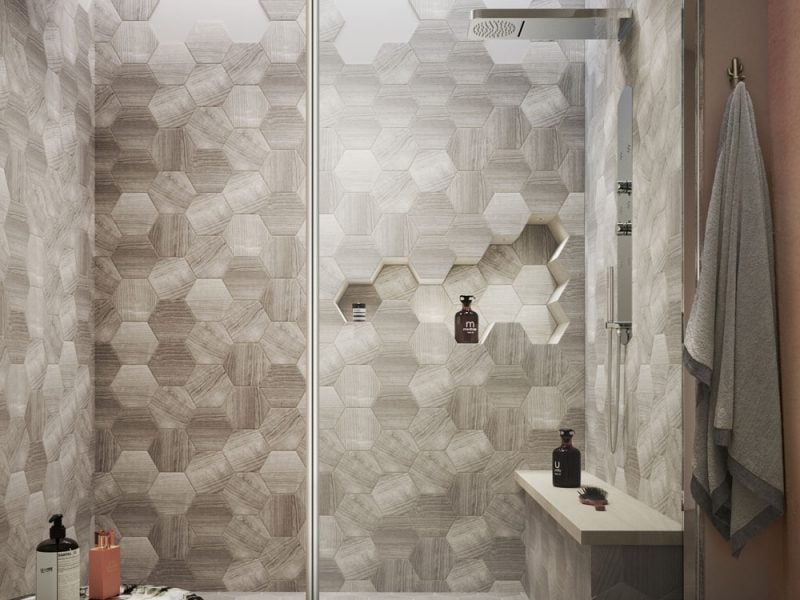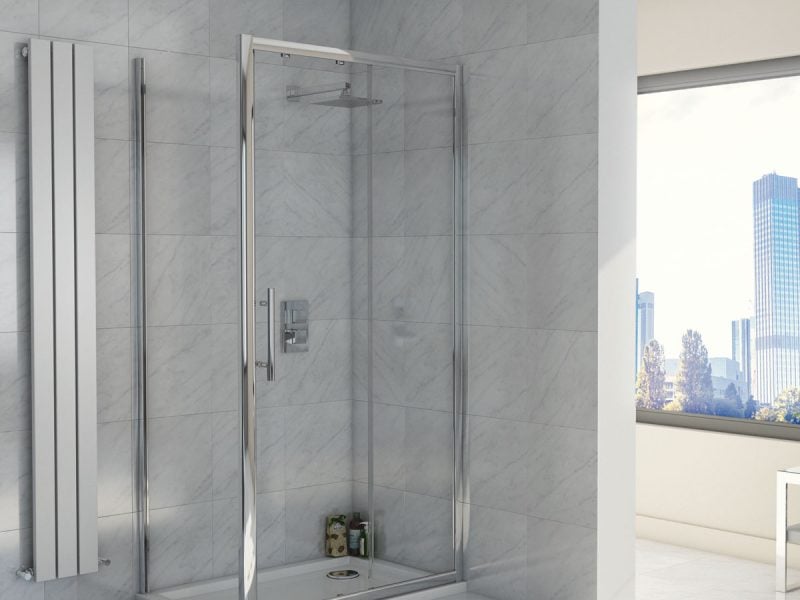Definitive Guide to Water Pressure
Not all taps are created equally and when choosing fittings for your bathroom, it pays to conduct a little research when it comes to finding products that are compatible with your property’s water pressure. To help you get your head around the concept, we’ve compiled this useful guide. It explains the ins and outs of water pressure and why it is so important.
What is water pressure?
Put simply, water pressure refers to the strength of the force that pushes water through your piping network. In turn, this affects the flow that is expelled from your taps and shower.
Water Pressure Guide:
Why is it important?
Different products will require different levels of water pressure. This is why it is important to choose your fixtures carefully. In general, manufacturers will label their products at a 0.1 Bar rating for low pressure systems. Increasing right up to a 3 Bar label for fixtures that require a high water pressure flow. If you want to give yourself more flexibility over the tap types that are compatible with your home, installing a pump to standardise water pressure throughout your property is a good idea.
How can I determine the water pressure of my bathroom?
The best way to determine the water pressure of your bathroom is to enlist the help of a professional plumber. They will be equipped with a specially designed pressure gauge tool. In addition they will also be experienced enough to take into account the gravity system as well as look at other factors such as the direction of the pipe network.
What types of water systems are there?
In general, there are three main type of water system that could exist in your home:
Gravity System
Low pressure gravity systems feature a cold water storage tank which is generally housed in the roof, as well as an additional hot water cylinder. Bar rating is determined by the distance at which the taps are placed in relation to the water system. This assumes that every one metre drop from the water tank will generally equate to a 0.1 Bar of pressure. Therefore meaning that upstairs bathrooms will have lower water pressure than their downstairs counterparts.
Combi-Boiler
Generally housed in the kitchen, combi-boilers simultaneously control the hot and cold water flow as well as your central heating network. Water is drawn directly from the high pressure mains supply which means that you will also enjoy high pressure of around 1-2 Bar.
Unvented Water System
Generally found in new builds, this is a simple water system solution that consists of a main cylinder that draws water directly from the high pressure mains supply. Any heating is conducted indirectly from external sources such as boilers, solar panels or electricity. It may sound complicated, but it is extremely important to choose taps that suit the existing or expected water pressure of your bathroom. Installing incompatible fixtures will result in poor water flow and dis-satisfactory performance.
Understanding Water Pressure And Requirements For Tap Installation
Fitting new taps or maybe a shower system involves factoring in water pressure. This very important when choosing your taps as with incorrect choices can lead to poor results once fitted. For example if you install a tap which requires higher pressure than normal in a system which outputs water at a lower pressure than normal, then you will either not receive the water altogether from the tap or it will simply trickle pathetically out of the spout. More often than not this is solely based on the hot water pressure. Typically the cold water pressure will be the pressure of the mains so shouldn’t be too much to worry about.
How to Measure Water Pressure
Prior to purchasing or fitting a tap you should be knowledgeable about the units water pressure is measured in. The common units are bar, PSI and head (metres). These roughly calculate so that 1 bar is equal to 10 metres head which in turn is equal to 14.5 psi. Often water pressure is dependent on the gravity fed system within a house. The available water pressure in a gravity fed system directly correlates to the height of the cold water storage tank. The calculation needing to be used to work out the pressure in bar is quite simple. Measure the distance from the bottom of the cold water storage tank to the outlet location. Then take this distance and multiply it by 0.1. This will give you your bar pressure, for example, 1 metre of height equals 0.1 bar, 2 metres would be 0.2 bar and so on.
Water Pressure Measurement
With this in mind it is no wonder many older houses find it difficult to obtain higher water pressure without the use of a pump or similar. Imagine trying to obtain a 1.0 bar pressure in a gravity-fed system. The tank would have to be a staggering 10 metres above the outlet, just not possible in most houses. If you need to boost the water pressure in your home it may be worth checking out a hot water booster pump.
If you need any help or advice on choosing the right taps and fixtures for your bathroom, speak to the expert team at Bella Bathrooms today!


